Affiliate Disclosure: This post contains affiliate links. I may earn a small commission at no extra cost to you.
Osteoporosis in Women: The Warning Signs We Miss Too Often
When I woke up one morning and couldn’t move my wrist properly, I blamed it on poor sleep. Maybe I bent it wrong or twisted it overnight. But then my knees started aching too. My spine? That one had been screaming since the spinal injection before my CS surgery. The pain that never really left.
At first, I waved it off. I thought it was just part of motherhood and adulting. But 18 months post-surgery, the pain only got worse. My ankles, knees, waist, spine, even my wrists. It felt like my entire skeleton was breaking down quietly while I pretended to be okay.
That’s when I started hearing the word “osteoporosis” more often. And it hit me: this thing wasn’t just for old people anymore. The truth is, osteoporosis in women can show up long before anyone expects it.
The Truth About Bone Pain We Often Ignore
Most of us only associate osteoporosis with our grandmothers… women in their 70s hunched over and using walking sticks. But the reality is scarier: osteoporosis in women starts way earlier. Sometimes in our 30s. Sometimes even before then, especially if you’ve had surgeries, hormonal shifts, poor nutrition, or pregnancies that drain your calcium.
The silent thief, they call it. You don’t feel it stealing from you — until one day, your body tells you it’s had enough.
And by then? The pain is no longer mild. It’s chronic, persistent, haunting. And too many women brush it off as just “getting older.”
What Is Osteoporosis Really?
Osteoporosis means your bones are becoming porous — like sponge. Fragile. Brittle. One wrong fall, one small twist, and something snaps. It’s not just about broken bones — it’s about freedom, mobility, and long-term quality of life.
And sadly, women are more prone to it. Hormones, childbirth, menopause — they all play a role in weakening our bones faster than we realize. That’s why it’s so important to recognize osteoporosis in women before it takes over your life.
Early Signs of Osteoporosis in Women:
- Persistent back or neck pain
- Joint aches that don’t improve with rest
- Bone pain that’s deep and throbbing
- Loss of height (even slightly)
- Brittle nails or weak grip strength
- Difficulty lifting light objects
- Pain while walking or standing for long
If you’re ticking any of these boxes, it may be time to investigate the possibility of osteoporosis in women — especially in younger adults.
My Wake-Up Call
I realized it was more than “normal” pain when I noticed how even carrying my toddler or standing for long felt like punishment. My lower back screamed. My knees wobbled.
And the worst part? Nobody talks about it. Especially not young women. We’re told to push through, to “be strong,” to drink milk and we’ll be fine. But milk isn’t enough.
You think it’s just aging. Or bad posture. Or your mattress. But your bones are literally starving. Bone pain in women often goes unaddressed until it’s too late.
What You Can Do — Before It’s Too Late
The good news is: bone loss in your 30s can be slowed. Even reversed in some cases. But you have to act early. Here’s how:
1. Start Supplementing Smartly
Bone health isn’t just about calcium. You need a blend:
- Calcium — to build structure
- Vitamin D3 — to help absorb calcium
- Vitamin K2 — to direct calcium to bones (not arteries)
- Magnesium — to support bone flexibility
- Collagen peptides — to improve bone matrix and joint cushioning
If you’re dealing with osteoporosis in women, click these essential nutrients above to shop on amazon
2. Exercise — But Gently
Avoid high-impact moves if you’re already in pain. But do move.
- Resistance bands (low-impact strength training)
- Posture-improving yoga
- Wall sits, heel raises, seated leg lifts
- Swimming or water aerobics
- Walking with proper shoes
Even 15 minutes daily can reduce stiffness and improve bone strength. Women living with osteoporosis benefit greatly from consistent, low-impact activity.
Resistance band set- Shop now
Yoga friendly mat- Shop now
3. Use Joint-Friendly Products
Support your spine and knees in everyday life:
- Orthopedic slippers
- Cushioned mats
- Lumbar pillows
- Ergonomic chairs
These tools may seem small, but they relieve pressure on vulnerable joints and bones — which is critical if you’re managing osteoporosis in women.
Check out these orthopedic-slippers on Amazon
See also, Lumbar-support-cushion on Amazon
4. Eat Like Your Bones Depend On It
Because they do. Prioritize foods rich in:
- Leafy greens
- Sardines (with bones)
- Tofu
- Yogurt
- Fortified cereals
- Almonds
- Sweet potatoes
Also: avoid too much caffeine, soda, or salty foods — they can leach calcium from your bones. For women at risk of osteoporosis, every nutrient counts.
5. Don’t Wait for a Fracture
If you’ve had any kind of trauma (especially surgery, long bed rest, or chronic pain), please take bone health seriously. Do a bone density scan if you can. Talk to your doctor.
Start small. Even replacing regular slippers with orthopedic ones makes a difference.
Lifestyle Changes That Help
- Use orthopedic slippers indoors — they ease pressure on your ankles/knees
- Sleep on a firm mattress with lumbar support
- Walk daily, even if just 10–15 minutes
- Take breaks from sitting for too long
- Drink water. Dehydrated bones = stiff joints
- Stretch before bed and after waking
- Sit upright, especially when working
All these little steps help reduce the impact of osteoporosis in women and make everyday life more comfortable.
This Is Not Just “Old Age”
Don’t let anyone tell you this is normal.
You deserve to feel strong, capable, and pain-free. Even in your 30s. Even after kids. Even after surgery.
If your bones have been whispering — or screaming — please listen.
You’re not lazy. You’re not weak. You’re likely just running on an empty bone tank.
And the earlier you start filling it up again, the better you’ll feel — not just now, but for decades to come.
Click here for more food options that support bone health
FAQs
1. Can I have osteoporosis even if I’m under 40?
Yes, especially after childbirth, surgeries, hormonal conditions, or poor nutrition. It’s no longer just an “elderly” condition. Osteoporosis in women under 40 is more common than most think.
2. What tests confirm osteoporosis?
The gold standard is a DEXA scan (bone density test). It’s painless and shows how strong your bones are.
3. Can bone loss be reversed?
While it may not be fully reversed, it can be slowed dramatically with proper osteoporosis supplements, exercise, and diet.
4. Do I need supplements if I eat well?
Sadly, food alone isn’t enough anymore. Our soils are depleted, and most diets fall short in calcium, D3, and magnesium. Supplements help especially if you’re managing osteoporosis in women.
5. What exercises should I avoid if I suspect osteoporosis?
Avoid jumping, running on hard pavement, heavy weightlifting, or any jerky spinal movements.
6. Is osteoporosis linked to childbirth or CS surgery?
Yes. The hormonal changes, calcium demands of pregnancy, blood loss, and anesthesia can all weaken bone density — especially if not managed post-surgery.
7. How long does it take to feel better after starting treatment?
Some people feel improvement within weeks of supplementing and exercising properly. But full recovery takes months — consistency is key.
Let’s rewrite the bone narrative — loudly, boldly, and early.
Before it’s too late.

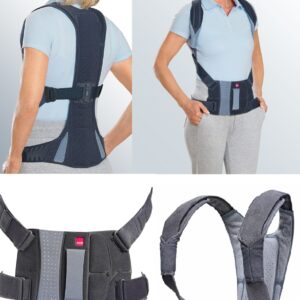
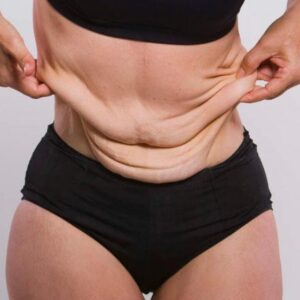

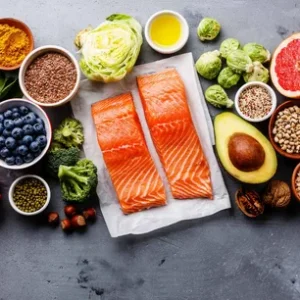
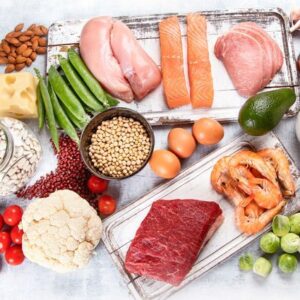
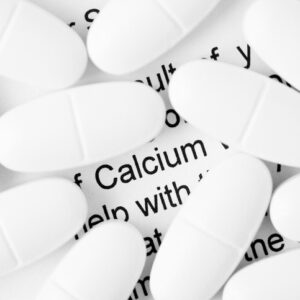
This is very helpful